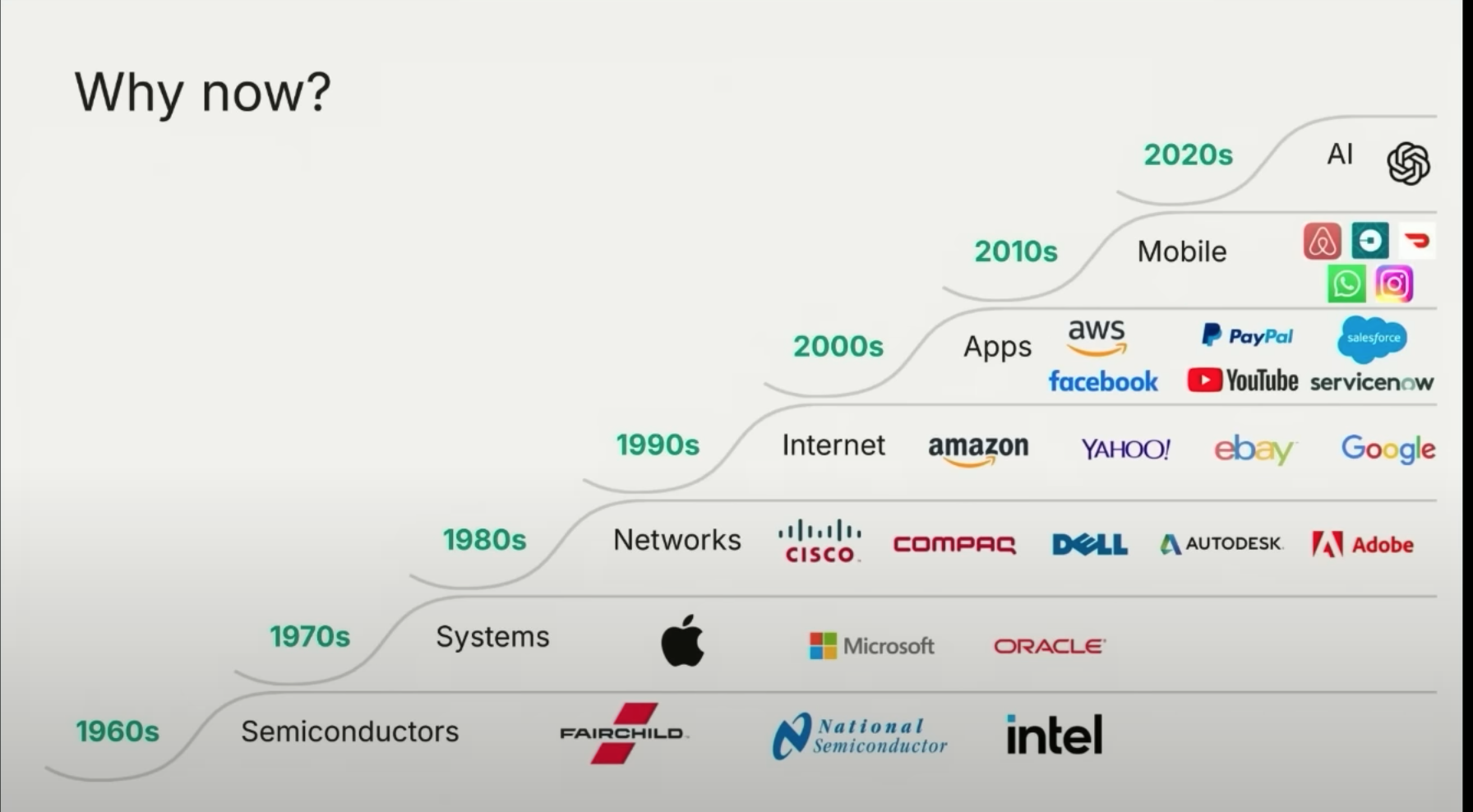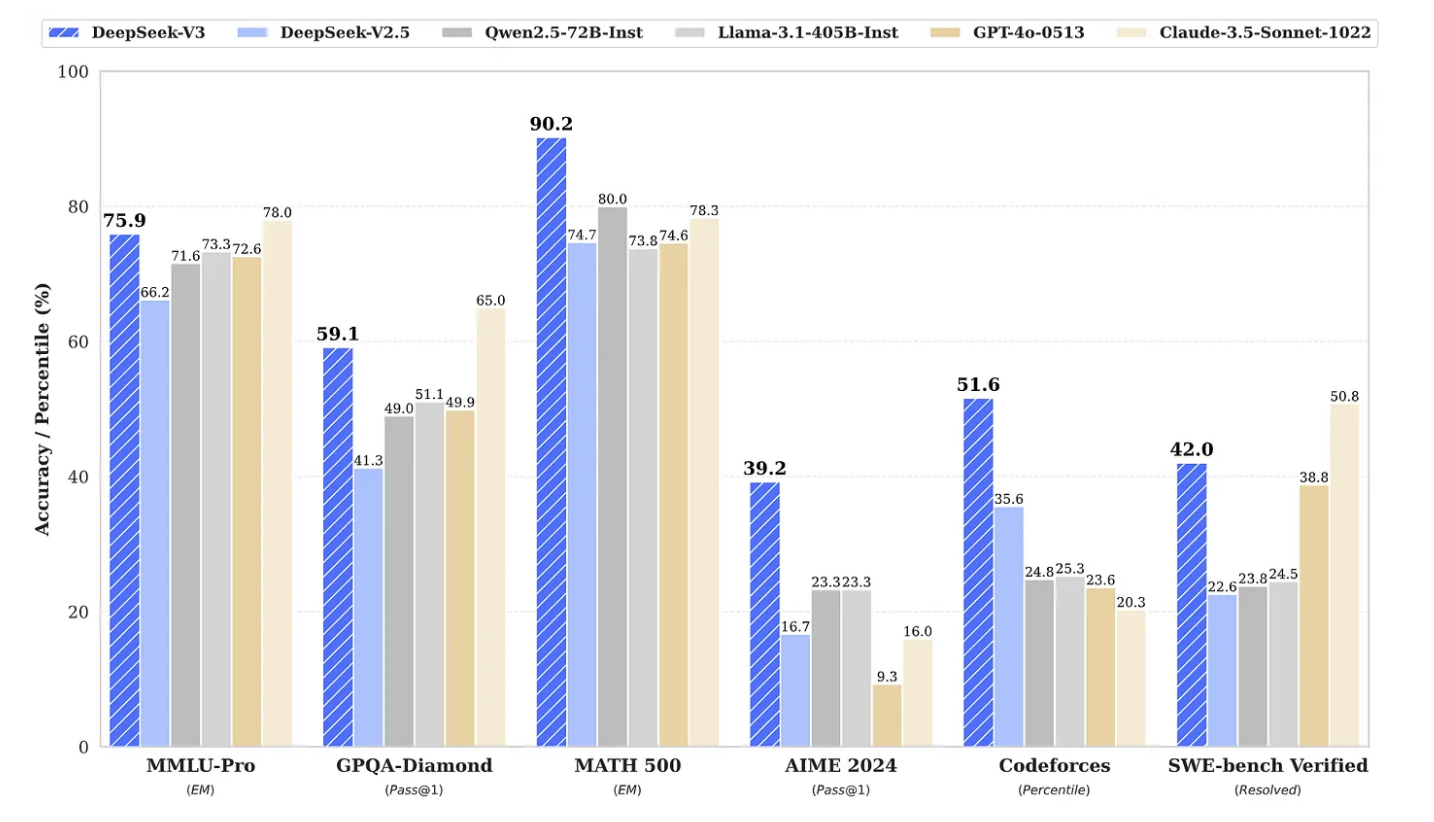In recent years, the concept of “work fatigue” has become a hot topic in China, reflecting the increasing pressure faced by employees in a rapidly evolving economy. The modern Chinese workforce is grappling with longer working hours, higher expectations, and the constant demand for productivity. This phenomenon is not just limited to white-collar workers; even those in manufacturing and service sectors are feeling the strain. As the country continues to push for economic growth, the toll on its workforce is becoming more apparent.
One of the most significant challenges facing China in 2024 is the rising rate of unemployment. Despite the country’s impressive economic achievements, job scarcity is becoming a growing concern, particularly among younger generations. The combination of work fatigue and unemployment is creating a perfect storm of stress and anxiety for millions of Chinese citizens. The government and private sector are now being called upon to address these issues before they spiral out of control.
The Growing Concern of Work Fatigue in China’s Modern Economy
Work fatigue is not just a physical condition; it’s a psychological burden that affects every aspect of an employee’s life. In China, where long working hours are often seen as a sign of dedication, many workers are pushed to their limits. The “996” work schedule—working from 9 AM to 9 PM, six days a week—has become a symbol of the extreme demands placed on employees. While some companies have begun to reconsider this approach, the culture of overwork remains deeply ingrained in many industries.
The consequences of work fatigue are far-reaching. Employees who are constantly exhausted are more likely to experience burnout, leading to decreased productivity, increased absenteeism, and even health problems. Moreover, work fatigue can strain relationships with family and friends, further isolating individuals who are already struggling to cope with the pressures of their jobs. In 2024, as China continues to prioritize economic growth, it’s crucial to find a balance between productivity and well-being.
The Impact of Unemployment on Mental Health and Well-being
Unemployment is another critical issue that is contributing to the overall sense of unease in China. For many people, losing a job means more than just a loss of income; it can also lead to a loss of identity and purpose. The stigma surrounding unemployment can make it difficult for individuals to seek help or support, exacerbating feelings of isolation and depression.
In 2024, the unemployment rate in China is expected to rise due to various factors, including economic slowdowns, automation, and changes in global trade. Younger workers, in particular, are feeling the brunt of this trend, with many struggling to find stable employment in a competitive job market. The uncertainty surrounding the future of work is adding to the mental health challenges faced by unemployed individuals, making it essential for society to provide adequate support and resources.
Work Fatigue and Unemployment in China 2024: A Closer Look at the Numbers
To fully understand the scope of work fatigue and unemployment in China, it’s important to examine the data. According to recent reports, the average Chinese worker spends around 44 hours per week at work, with many employees working far beyond this number. In some industries, such as technology and finance, the average workweek can exceed 60 hours. This excessive workload is taking a toll on both physical and mental health, with studies showing a correlation between long working hours and increased rates of stress, anxiety, and depression.
At the same time, unemployment figures in China are on the rise. The official unemployment rate stands at 5.3%, but experts believe the actual number could be much higher, especially when considering underemployment and informal labor. In 2024, the impact of automation and artificial intelligence (AI) is expected to accelerate job displacement, particularly in sectors like manufacturing and retail. While these technologies offer new opportunities, they also pose significant challenges for workers who may struggle to adapt to changing job requirements.
Economic Factors Driving Unemployment in 2024
Several economic factors are contributing to the rise in unemployment in China. One of the most significant is the shift towards a service-based economy. As China moves away from traditional manufacturing and agriculture, many workers are finding it difficult to transition into new industries. The rapid pace of technological advancement is also playing a role, with automation and AI replacing human labor in various sectors. While these innovations can boost productivity, they can also lead to job losses, particularly for low-skilled workers.
Another factor is the global economic slowdown, which has affected China’s export-driven economy. With demand for Chinese goods declining in key markets, many businesses have been forced to cut costs, resulting in layoffs and reduced hiring. Additionally, the ongoing trade tensions between China and other countries have created uncertainty for businesses, making it harder for them to plan for the future. In 2024, these challenges are likely to persist, putting further pressure on the job market.
The Role of Automation and Technology in Shaping the Job Market
Automation and technology are transforming the job market in China, presenting both opportunities and challenges. On one hand, advancements in AI, robotics, and digital platforms are creating new industries and job roles. For example, the rise of e-commerce has led to the creation of millions of jobs in logistics, customer service, and online marketing. However, these gains come at a cost, as many traditional jobs are being eliminated or altered by automation.
In 2024, the impact of automation on the workforce will continue to grow. While some sectors, such as healthcare and education, may see an increase in demand for human labor, others, like manufacturing and transportation, are likely to experience significant job losses. To mitigate the effects of automation, the Chinese government and private sector must invest in retraining programs and lifelong learning initiatives. By equipping workers with the skills needed for the digital age, China can ensure a smoother transition to a more tech-driven economy.
Solutions and Initiatives to Address Work Fatigue and Unemployment
Addressing the twin challenges of work fatigue and unemployment requires a multi-faceted approach. Both the government and private sector have a role to play in creating a healthier, more sustainable work environment for all citizens.
Government Policies and Support Programs
The Chinese government has already taken steps to address work fatigue by implementing regulations that limit working hours and promote work-life balance. For example, in 2021, the government introduced new labor laws that prohibit employers from requiring employees to work more than 44 hours per week. Additionally, there are plans to expand mental health services and provide more support for unemployed individuals through social welfare programs.
In 2024, the government is expected to introduce further measures to combat unemployment, including tax incentives for businesses that hire young workers and subsidies for startups. These policies aim to stimulate job creation and reduce the barriers to entry for new entrepreneurs. By fostering a more supportive business environment, the government can help create new opportunities for those affected by unemployment.
Corporate Responsibility and Employee Well-being
While government policies are important, corporations also have a responsibility to prioritize employee well-being. Many companies in China are beginning to recognize the importance of work-life balance and are implementing initiatives to reduce work fatigue. For example, some firms are offering flexible working hours, remote work options, and wellness programs to help employees manage stress.
In 2024, we can expect to see more companies adopting a holistic approach to employee care, focusing not just on physical health but also on mental and emotional well-being. By fostering a positive work culture, businesses can improve productivity, reduce turnover, and create a more engaged workforce. Ultimately, this benefits both employees and employers alike.
FAQs
What are the main causes of work fatigue in China?
Work fatigue in China is primarily caused by long working hours, high job demands, and a lack of work-life balance. The “996” work schedule, which requires employees to work from 9 AM to 9 PM, six days a week, has become a symbol of the extreme pressure faced by many workers. Additionally, the competitive nature of the job market and the expectation to always be available can contribute to chronic fatigue.
How is unemployment affecting mental health in China?
Unemployment in China is having a significant impact on mental health, particularly among younger generations. Losing a job can lead to feelings of isolation, low self-esteem, and anxiety about the future. The stigma surrounding unemployment can make it difficult for individuals to seek help, exacerbating mental health challenges. In 2024, it’s essential for society to provide adequate support and resources to address these issues.
What steps is the government taking to address work fatigue and unemployment?
The Chinese government has implemented several policies to address work fatigue and unemployment. New labor laws have been introduced to limit working hours and promote work-life balance, while mental health services are being expanded to provide more support for employees. To combat unemployment, the government is offering tax incentives for businesses that hire young workers and providing subsidies for startups. These initiatives aim to create a more supportive environment for both workers and businesses.
Conclusion
Work fatigue and unemployment in China 2024 are two interconnected challenges that require immediate attention. As the country continues to navigate the complexities of a rapidly changing economy, it’s crucial to find a balance between productivity and well-being. By implementing effective policies and fostering a culture of corporate responsibility, China can create a brighter future for its workforce. While the road ahead may be challenging, the efforts being made today will pave the way for a more resilient and prosperous society tomorrow.





